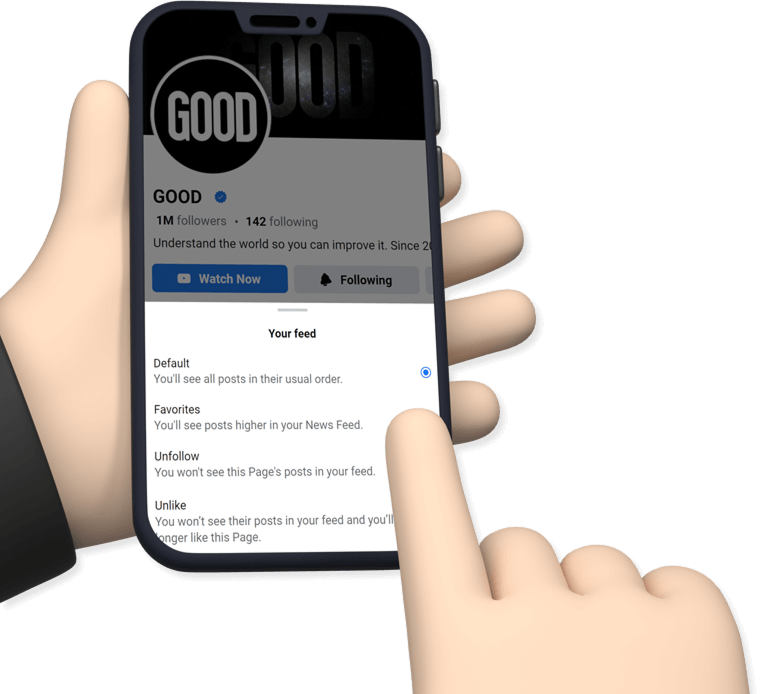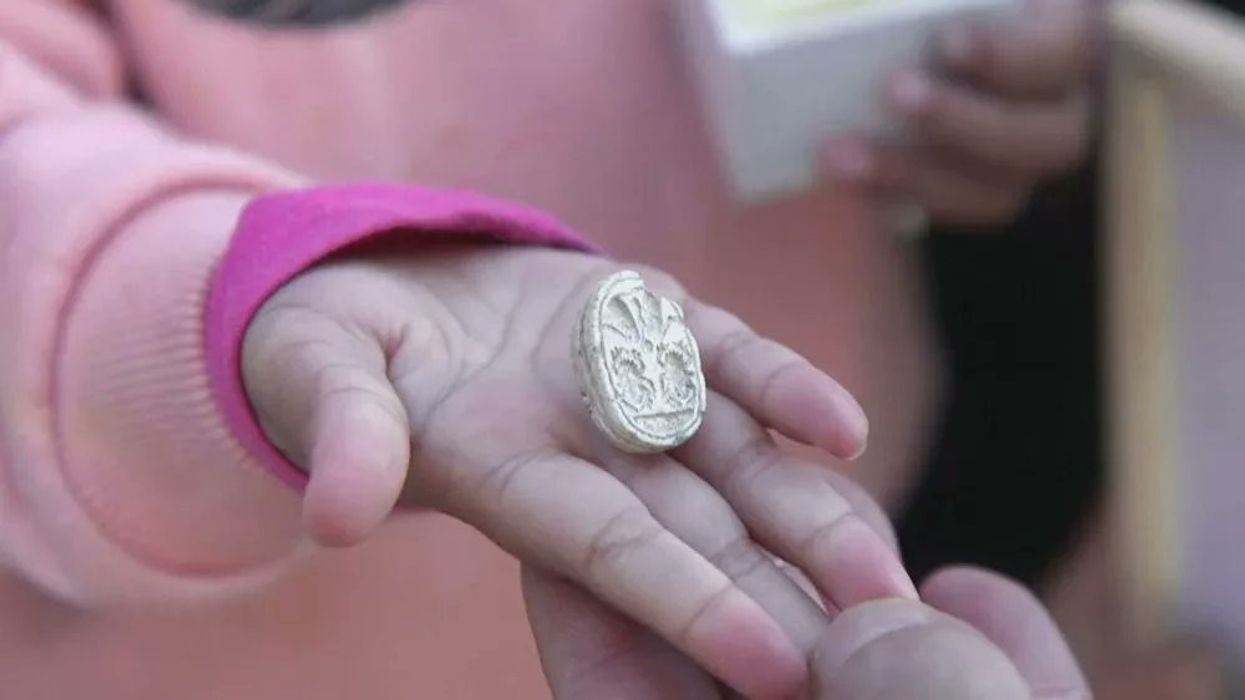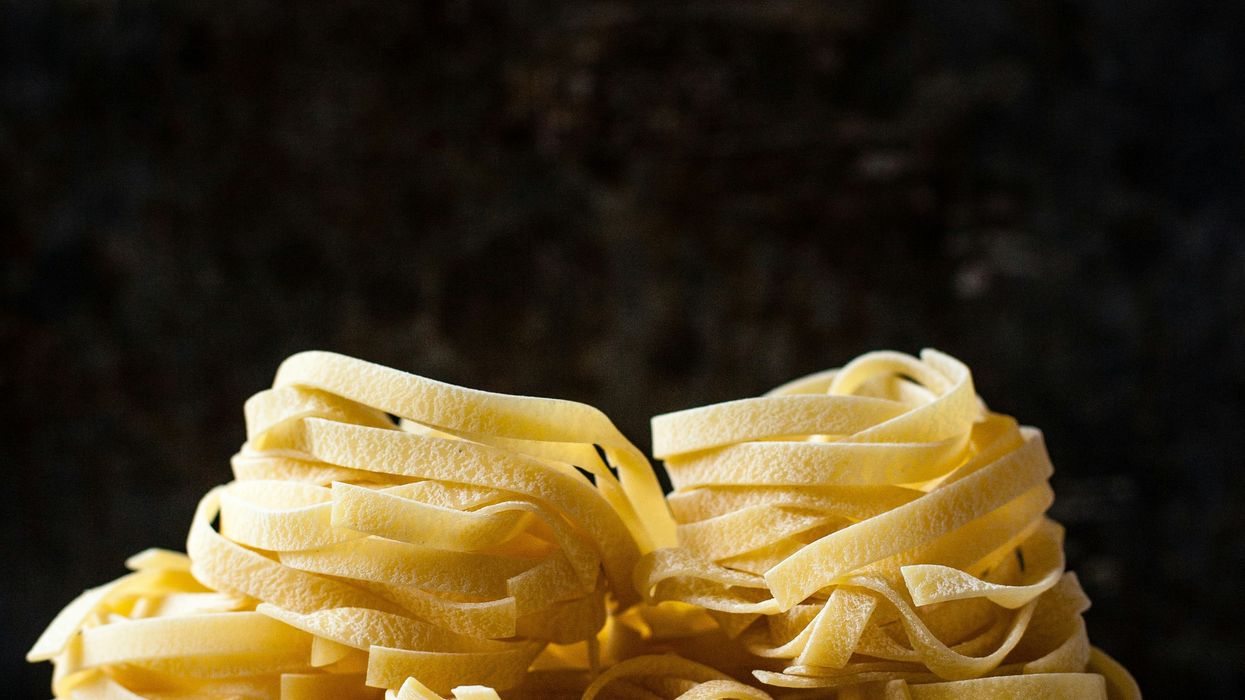A guide to the best and worst choices for fish consumption.
Any sardine will tell you that all fish were not created equal. Of course, they’re not caught equally, either. Overfishing is a serious problem around the world, and many ocean advocates say we need to stop catching and eating fish all together. But since people demand their sushi, we at least must start making responsible purchases, or we’re simply going to run out of sea life. Follow this guide, and you can help ensure that we have plenty of fish in the sea for years to come.
Catfish GOOD
Catfish caught or farmed in the United States is a great option (just make sure it is, in fact, U.S.-caught or -farmed).
Caviar MAYBE
Eschew caviar from wild-caught beluga in favor of some from U.S.-farmed fish and you can keep enjoying your pricey treat.
Health risks: Mercury, PCBs
Chilean Sea Bass BAD
Delicious? Maybe. Overfished? You bet. Consider the less glamorous striped bass or mahimahi as alternatives.
Health risks: Mercury
Cod BAD
Stay away from the insanely overfished Atlantic cod (also known as scrod or whitefish). Instead, try U.S.-caught Pacific cod, or opt for bass (not Chilean Sea Bass) as a cooking alternative.
Crab MAYBE
Once again, buy American. As long as you steer clear of the imported stuff, there are plenty of crabs in the sea.
Health risks: Only for some blue crab (Mercury, PCBs)
Halibut MAYBE
Wild-caught Canadian and American halibut (from the Pacific Ocean) is okay, but any Atlantic-caught—sometimes sold as flounder, sole, or hirame—is a no-no.
Health risks: Some mercury
Lobster GOOD
Whether it comes from the United States or Australia, lobster is plentiful and delicious. Just avoid spiny lobster from the Caribbean.
Mackerel GOOD
Also sold as cavalla, kingfish, hog, sierra, spaniard, aji, or sawara. Mackerel is always a safe bet.
Health risks: Spanish and king mackerel can have high levels of mercury.
Salmon MAYBE
Worldwide farming of salmon has plenty of environmental problems (and the product doesn’t taste very good), but wild-caught Alaskan salmon is a great choice.
Health risks: None, if it’s from Alaska; other-wise, mercury
Sardines GOOD
Sardines. So hot right now—and bountiful. Learn more about these tasty little guys below.
Snapper MAYBE
Yellowtail caught in the United States is fairly abundant, but red snapper… not so much.
Health risks: Mercury—limit servings to one or two a month
Tilapia MAYBE
Tilapia is cheap and widely sold, but the ones from China are probably a bad idea. Stick to U.S.-farmed.
Tuna BAD
Bluefin is severely overfished, as is just about all yellowfin, with the exception of U.S.-caught Atlantic tuna. Canned albacore is a decent alternative, but it’s not exactly the same thing.
Health risks: Mercury
Shark BAD
Shark is indescribably overfished, and its demise might be worse for the environment than the loss of fish, so don’t even think about shark-fin soup. Pacific halibut can be a good cooking alternative, though.
Health risks: Mercury
Mussels GOOD
Mussels are, by and large, responsibly farmed, so feel free to get moules frites as often as you like.
Oysters GOOD
Oysters are mostly farmed (as opposed to wild-caught) and rightly so. They’re fine to eat.
Shrimp BAD
Americans eat more shrimp than any other seafood. Sadly, worldwide shrimp trawling accounts for the most bycatch—when fishing vessels catch and kill species they’re not trying to catch—of any commercial fishing practice. However, U.S. Pacific shrimp is a bit better, and pink shrimp from Oregon or British Colombia can actually be a good choice.













